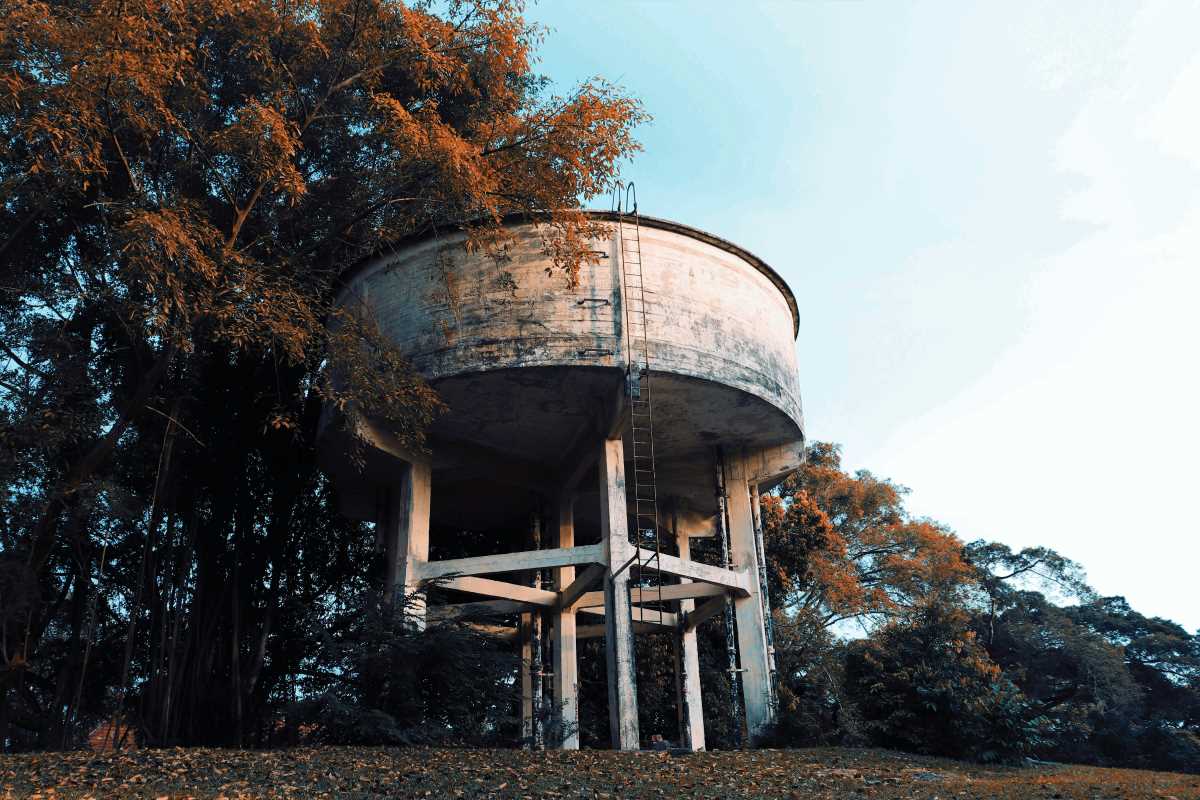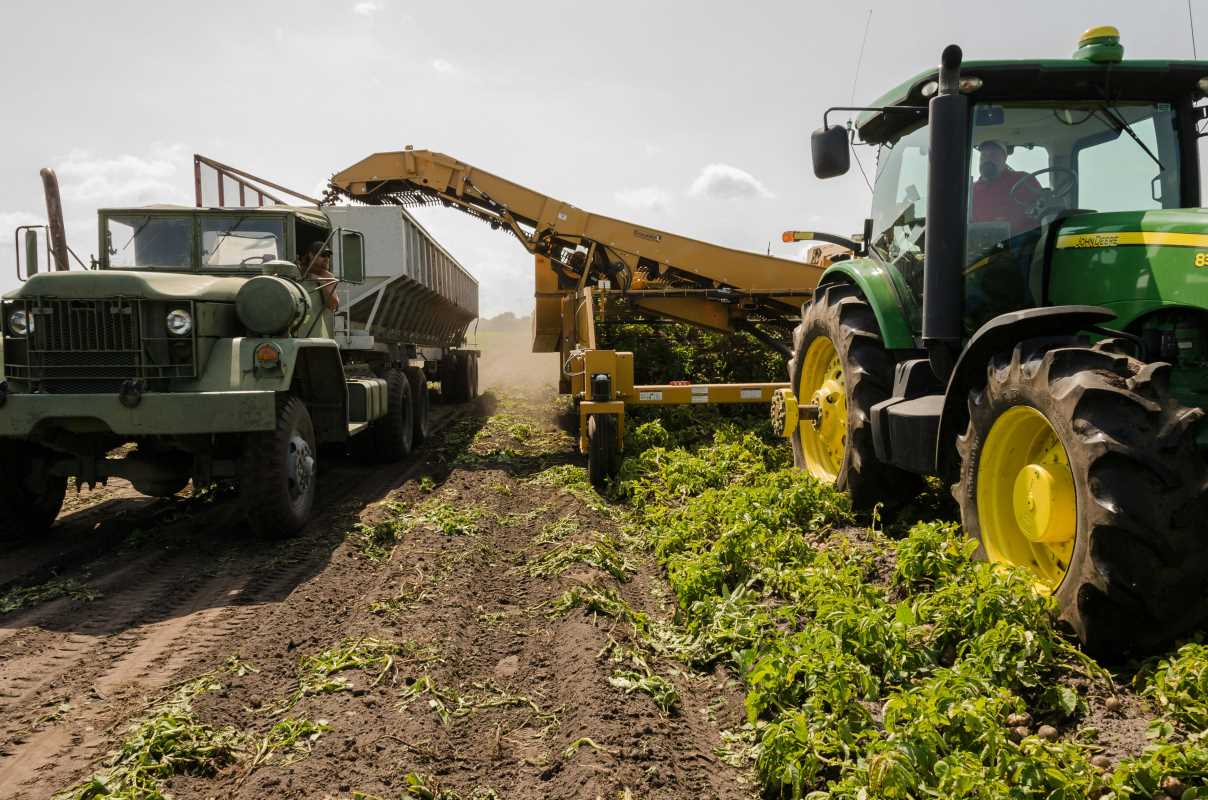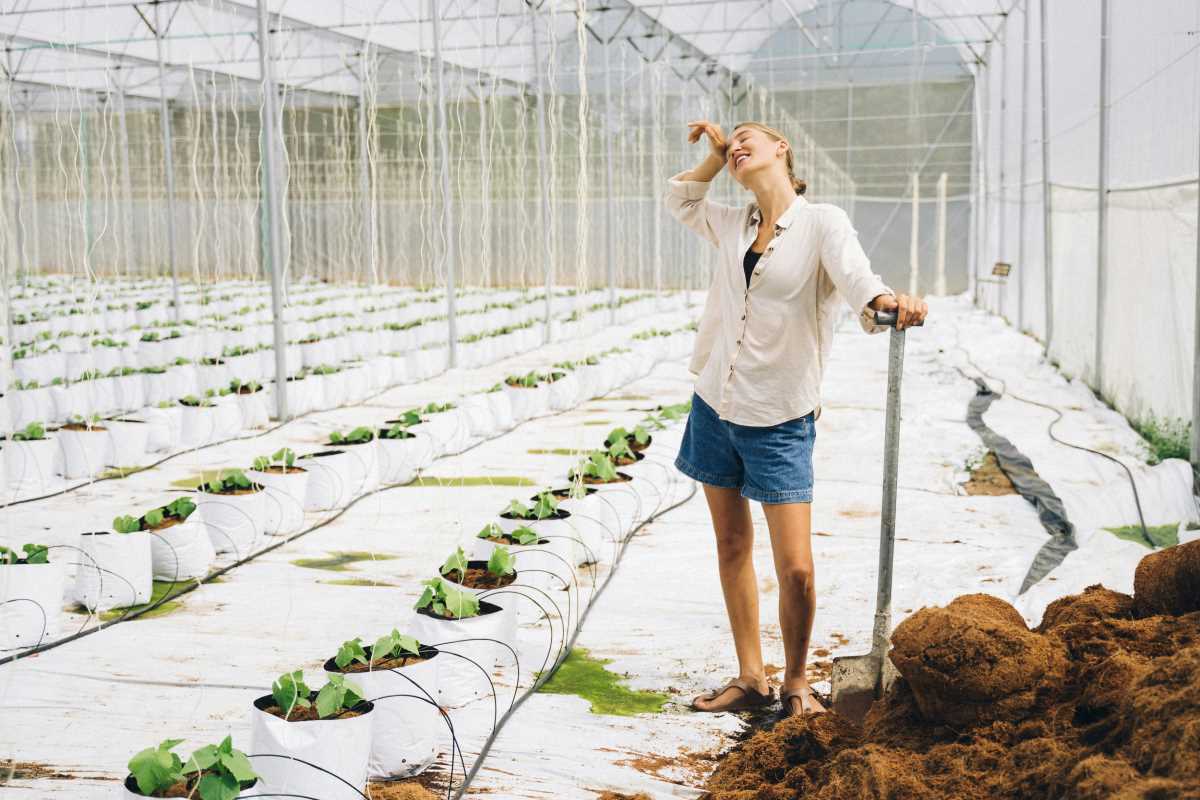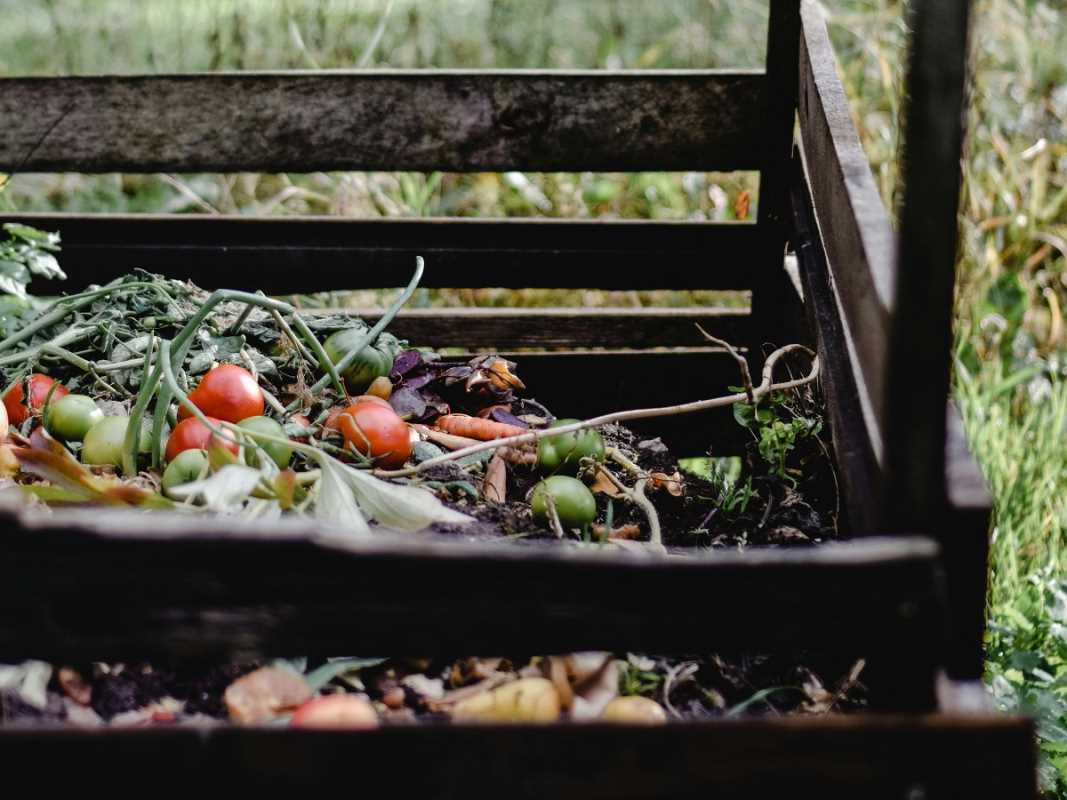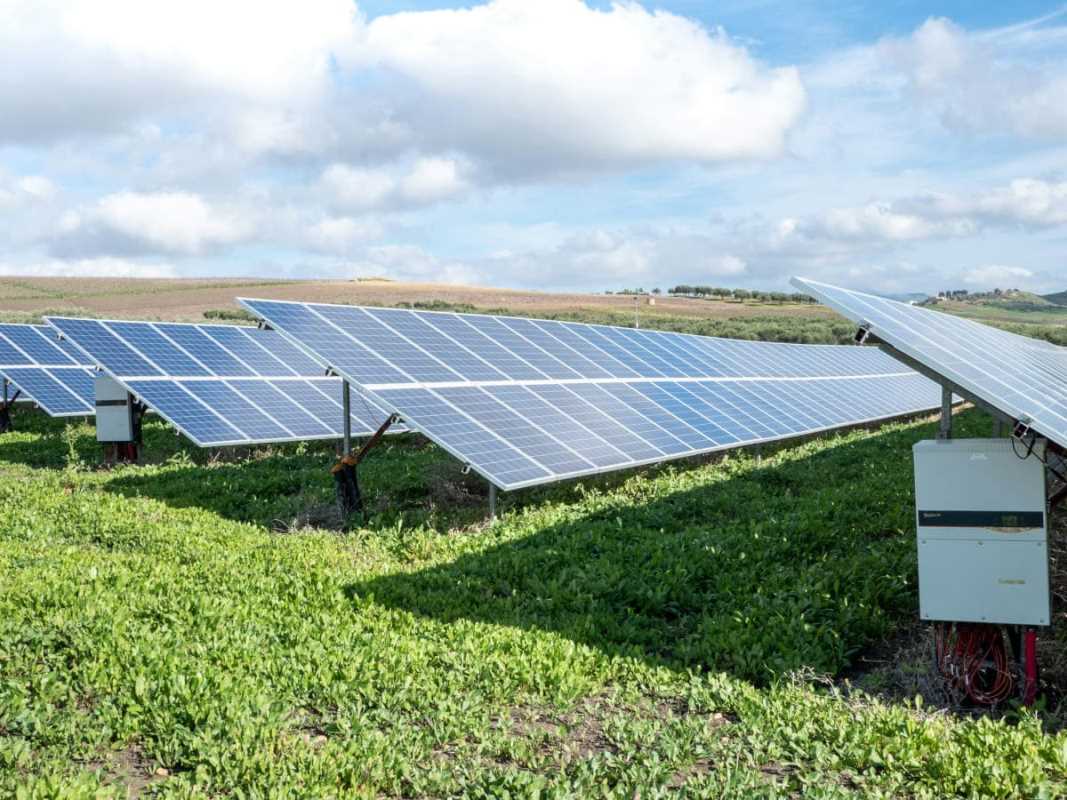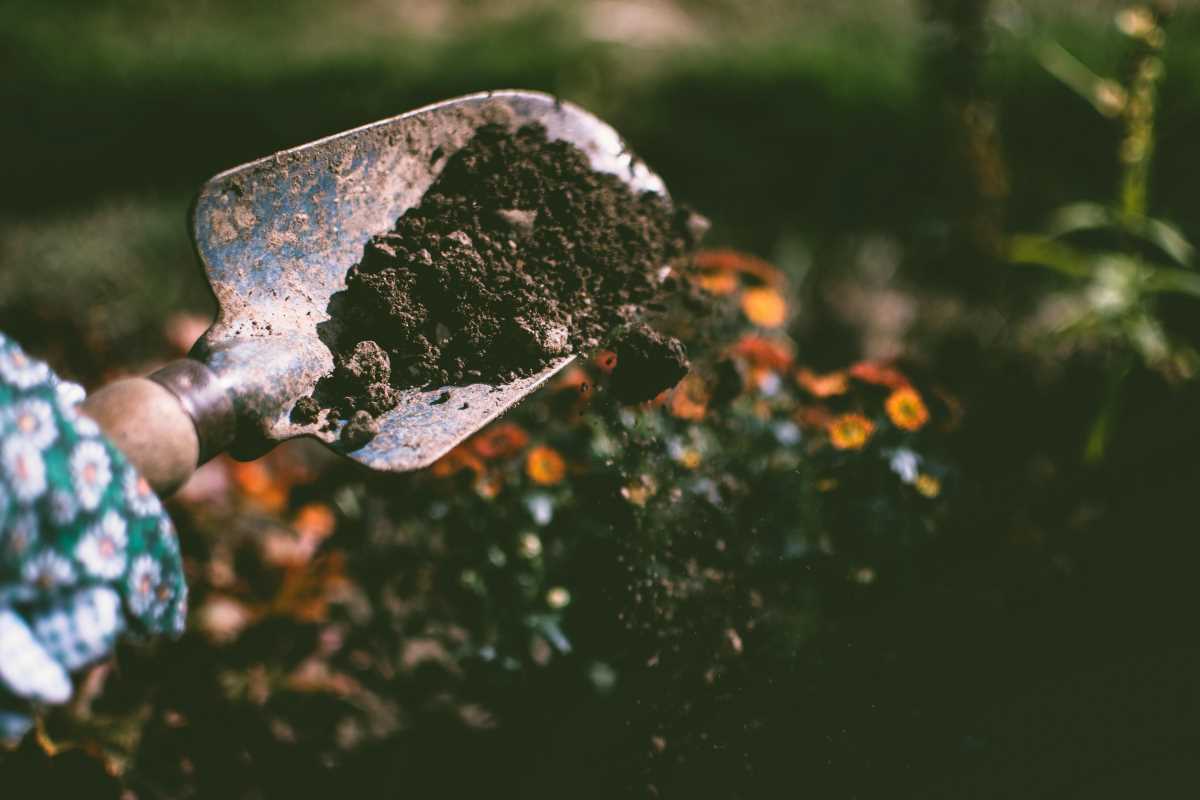Automatic composters make it easy to turn leftover food and yard trimmings into rich, useful material for your garden, effectively transforming waste into garden gold. These machines handle organic scraps quickly and consistently, so you can spend less time tending to a compost pile and more time enjoying the results. By breaking down materials efficiently, they help boost soil health and add valuable nutrients to your landscape. Many people with large gardens or outdoor spaces appreciate how these composters handle bigger loads and keep the process simple, making it easier to reuse what might otherwise end up in a landfill.
Innovations in automated composting introduce new approaches to waste management. With easy-to-use controls and effective processing methods, these systems convert your daily waste into a nutrient-rich resource. They combine technology with nature to create a more effortless, effective setup that fulfills both environmental and practical needs.
How Do Automated Composting Systems Work?
Automated composting systems handle organic matter through mechanical processes. They break down food scraps and yard waste into compost by controlling heat and agitation. The technology behind these systems ensures rapid, consistent decomposition with minimal human effort. Many use sensors and timers to regulate the cycle, making maintenance simple even for busy schedules.
These devices operate by mixing air, moisture, and organic material, speeding up the natural breakdown process. By creating the ideal conditions for microbial activity, automated composters produce a rich, natural fertilizer that helps plants grow. Composting systems like these are designed to reduce waste efficiently while boosting soil health, making them a smart investment.
Advantages of Automated Composting for Larger Properties
Large properties produce significant amounts of organic waste, and automated composters effectively handle this volume. They eliminate the need for manual handling, allowing you to turn waste into a valuable soil amendment quickly. This technology not only keeps your environment tidy but also increases your soil’s fertility, ensuring your plants get the nutrients they require.
Besides cutting down on waste, these systems save labor and time. When the device manages mixing, monitoring, and aerating, you gain more time to enjoy your outdoor space. Automated composters also enhance your property’s sustainability by recycling organic material into natural fertilizer, reducing expenses on commercial products.
Different Types of Automated Composting Systems
Several models of automated composters serve different needs. For larger outdoor areas, choosing the right type can significantly improve efficiency. The following options demonstrate the variety available:
- Rotary Drum Composters: Enclosed drums that rotate to mix contents and speed up decomposition. They provide a closed system that minimizes odors and pest exposure.
- Tumbling Composters: Designed with a rotating barrel, these models let you tumble the contents. This motion ensures uniform aeration and accelerates microbial activity.
- In-Vessel Composters: These systems house organic waste in a sealed container where temperature and moisture levels are tightly controlled. They work well for managing larger waste volumes.
- Electric Composters: Equipped with motorized parts, these units automatically mix and monitor conditions while processing waste quickly. Their user-friendly interface makes tracking progress straightforward.
Each type offers unique benefits and suits different waste quantities and outdoor space sizes. By examining these options, you can choose the model that fits best with your property management style and available outdoor area.
How to Choose and Install Your System
Picking and setting up an automated composter involves straightforward steps to ensure optimal performance. First, evaluate the amount of organic waste you typically produce. Then, consider the features that matter most, such as ease of operation, noise levels, and maintenance needs. Taking a systematic approach helps you compare options and adapt the system to your property’s needs.
Follow these steps to make an informed choice:
- Assess Your Needs: Count the waste you generate weekly and think about your available space.
- Research Models: Read reviews and technical descriptions to understand each unit’s capacity, energy use, and durability.
- Plan Placement: Select a well-ventilated spot away from high-traffic areas. Think about how the unit fits into your overall landscape.
- Decide on Automation Level: Choose whether a fully automated system or one with manual controls better matches your schedule and maintenance preferences.
- Prepare the Site: Level the ground and ensure power access if needed. A solid base can improve the system’s efficiency.
- Install and Monitor: Follow manufacturer instructions carefully and keep track of composting cycles. Small adjustments can enhance performance over time.
Tips for Maximizing Your Composter’s Effectiveness
Maintaining automated composters requires regular attention and simple adjustments that greatly improve efficiency and output. Monitoring the balance of green and brown materials is essential. Regularly checking the system ensures the right moisture level and airflow, both vital for fast decomposition.
Boost performance by keeping these practical tips in mind:
- Mix a variety of materials to provide a balanced diet for microbes. Include food scraps, leaves, and shredded paper.
- Maintain moisture around 50-60% to support active decomposition. Use water sparingly if the mixture feels too dry.
- Avoid overfilling the composter, as this can slow microbial activity. Leave space for air circulation.
- Use the automated mixing cycle regularly to ensure all materials decompose evenly.
- Perform routine checks on sensors and mechanical parts to prevent unexpected breakdowns.
You can easily turn organic waste into a valuable resource. With clear instructions and effective technology, convert scraps into material that enriches your outdoor spaces.
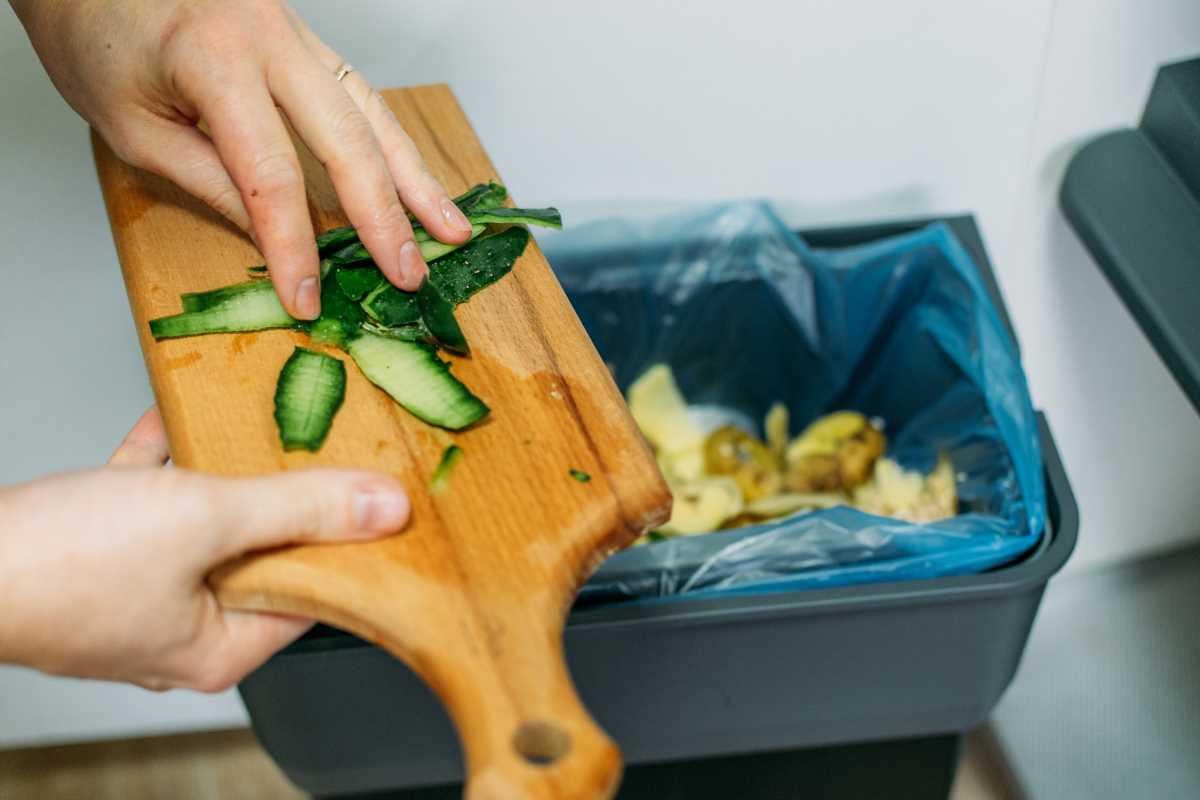 (Image via
(Image via